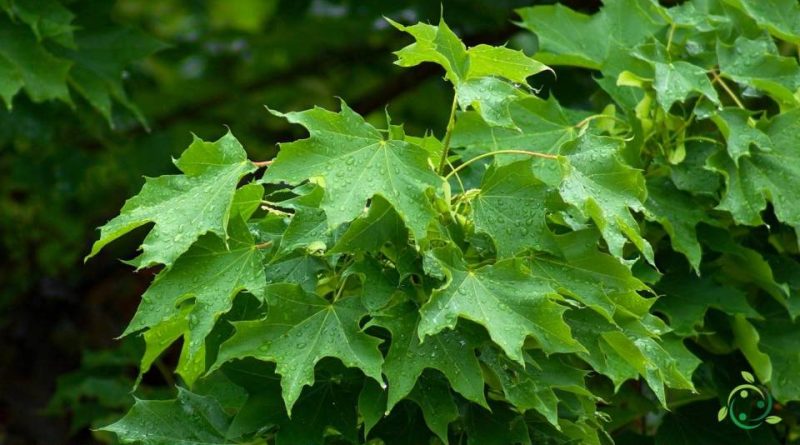Reproduction of the Norway Maple
Reproduction of the Norway Maple
The Norway Maple (Acer platanoides L.) is a plant of the Sapindaceae family native to central-eastern Europe and present from the north of Spain to the southern part of Scandinavia, up to the Caucasus.
Suitable breeding habitat –
The Norway Maple is a tree that is present in a vast area that expands much further north than other local maples. It occupies all of Europe with the exception of the Atlantic regions (non-Pyrenean Iberian peninsula, English islands, western France, the Netherlands, Denmark), north-central Scandinavia, Russia and south-east; to the south it descends to the central Apennines (up to Marche and Umbria), northern Greece, the Crimea and the Caucasus region. In Italy it is located in the center-north.
This plant grows wild in many humid and sheltered deciduous forests. It accompanies other maples, especially Acer pseudoplatanus (both have similar bearing), in the central-northern mesophilic ravines and is often cultivated for ornamental purposes.
Propagation –
Acer platanoides is a very cold hardy plant, able to tolerate temperatures down to around -35 ° C when in a state of winter dormancy.
It is an easy-to-grow plant that prefers good moist, well-drained soil but thrives in any soil.
This plant propagates by seed.
The seed should be sown immediately after maturing in an unheated seedbed and usually germinates the following spring. It is advisable to soak the stored seed for 24 hours and then stratify it for 2 – 4 months at 1 – 8 ° C. It can be slow to germinate. The seed can be harvested ‘green’ (when fully developed but before it has dried out and produced any germination inhibitors) and sown immediately. It should germinate in late winter. If the seed is harvested too early it tends to produce weak seedlings or not fully germinate.
After germination, the individual plants can be placed in single pots and here they can grow up to a height of about 20 cm.
Once this size has been reached, the transplant can be carried out in the open ground with the entire bread of earth.
Propagation can also be done by cuttings.
You can prepare cuttings taken from young shoots in early summer. The cuttings should have 2 – 3 pairs of leaves, plus a couple of buds at the base. It is recommended to remove a very thin portion of bark at the base of the cut, rooting improves if a rooting hormone is used. Rooted cuttings must sprout during the summer before being potted otherwise they are unlikely to survive the winter.
Furthermore, some cultures can be intertwined with each other.
Ecology –
The Norway Maple is a mesophilic but demanding species, more than all the maples, from the edaphic point of view it wants evolved, deep and fertile non-acid soils, tendentially sciaphilous at least when young and microthermal, it tolerates late frosts well as it enters late in vegetation.
In central Europe it lives in the plains, in Italy it prefers the mountainous vegetation plan together with the Beech, also with Silver Fir and Spruce and in the Apennines with Cerro, occupying in small groups the areas of Fagetum and the warm sub-zone of Picetum; in northern Italy, in the right conditions of fertility and freshness, it can also be found in the hilly Querco-hornbeam formations of the cold sub-zone Castanetum.
In an altitudinal sense it generally remains below the altitudes reached by the mountain maple (1500-1900 m) usually not exceeding 1300 m of altitude.
It is also a species with determined growth of monopodial type (apical growth buds) for the whole life except in the flowering branches which forms dicasio (central flowering bud and lateral growth wood buds).

